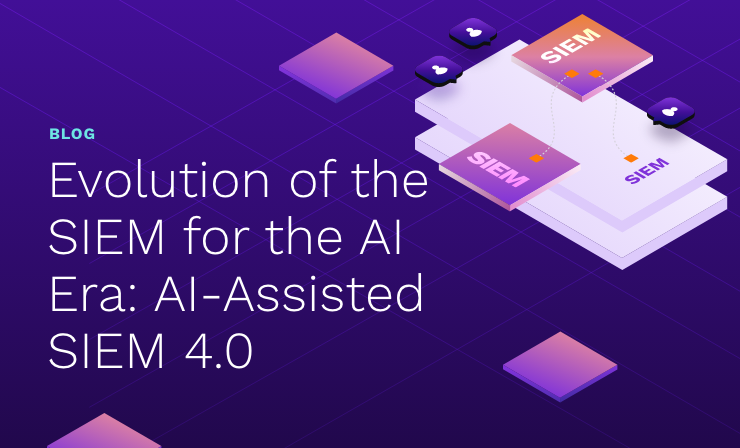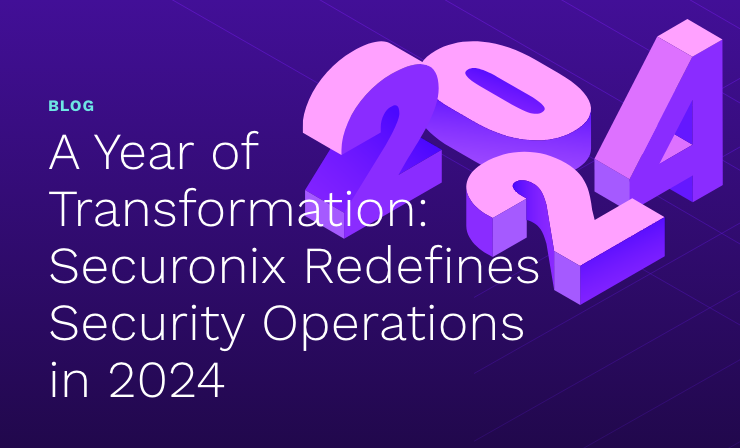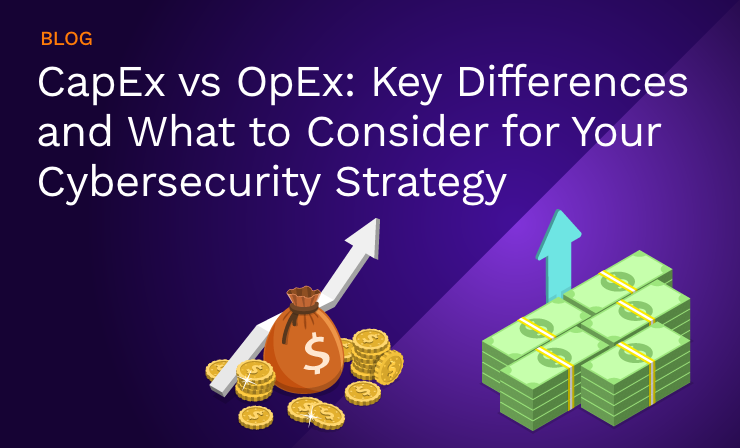- Why Securonix?
- Products
-
- Overview
- 'Bring Your Own' Deployment Models
-
- Products
-
- Solutions
-
- Monitoring the Cloud
- Cloud Security Monitoring
- Gain visibility to detect and respond to cloud threats.
- Amazon Web Services
- Achieve faster response to threats across AWS.
- Google Cloud Platform
- Improve detection and response across GCP.
- Microsoft Azure
- Expand security monitoring across Azure services.
- Microsoft 365
- Benefit from detection and response on Office 365.
-
- Featured Use Case
- Insider Threat
- Monitor and mitigate malicious and negligent users.
- NDR
- Analyze network events to detect and respond to advanced threats.
- EMR Monitoring
- Increase patient data privacy and prevent data snooping.
- MITRE ATT&CK
- Align alerts and analytics to the MITRE ATT&CK framework.
-
- Industries
- Financial Services
- Healthcare
-
- Resources
- Partners
- Company
- Blog
Security Analytics
In today’s hyper competitive business environment, it is no longer sufficient to compete on price and quality alone. Just as InfoSec workers can be thought of as being in a war with those that would use unauthorized or fraudulent access to data and systems to enrich themselves or their employers, the larger organization is in a similar conflict with its competitors for market share and revenues. The winners in virtually any business you can think of are also delivering new, innovative services, primarily through opportunities provided by technology.
The business imperative when it comes to the deployment of new services is time-to-market. Get there first if you can, and if you can’t don’t let a competitor have the time to establish a dominant market position for a new service. Information security issues are surely considered, but they are neither allowed to affect the release schedule nor are they taken seriously enough in the design and development of the service in question.
Let me give you a great example. In the last couple of years, financial institutions have noticed that most of their customers had smartphones. That meant, at a low level, that they had simultaneously a digital imaging platform and mobile access to the institution’s other eBanking services. It didn’t take a great intellectual leap for the banks to realize that meant they could offer mobile remote deposits by allowing their customers to transmit digital images of a paper check. And with that, a whole new service category, full service Mobile Banking, was born.
The security problem arises when the mobile banking deposits don’t get written to the production database in real time. This makes possible a scam that has come to be known as “Double Cashing”, where a customer deposits a check with his smart phone and then cashes the same paper check at a bank or check cashing establishment. Before the records are reconciled, the customer can withdraw the mobile deposit from an ATM. When these mobile deposit services were originally proposed, it seems certain that the Information Security team and probably the Database architects pointed out this potential for fraudulent transactions, but once the banks started rolling out this new service, nobody felt like they could wait to solve the underlying security issues within the infrastructure.
It will take a little time, but the IT teams at these institutions will address the time lag that makes this scam possible. But the challenge, of course, is that this same thing is going to keep happening as the competition for customers and revenues drives organizations to push the edge of the technology envelope. But there’s another answer – instead of constantly struggling to adapt the business-side infrastructure to close exploitable gaps, a faster, cheaper and simpler solution is to simply add a security intelligence layer to the enterprise network infrastructure. “Double Cashing” is just another example of the IT security team having all the information they need to detect suspicious and fraudulent network users and transactions, but are unable to make effective use of it because there is no common analysis platform. That’s what Securonix is.
The Securonix platform can utilize data connectors to both the mobile banking web applications and the ATM activity logs. So even if the business applications don’t have all the most current customer data in real time, a robust, comprehensive security analytics solution can still detect the fraudulent activity as it happens. In the big picture, the security weakness is in the ability to detect suspicious activities where and when they occur. That takes data, and it takes intelligence. It takes Securonix.







